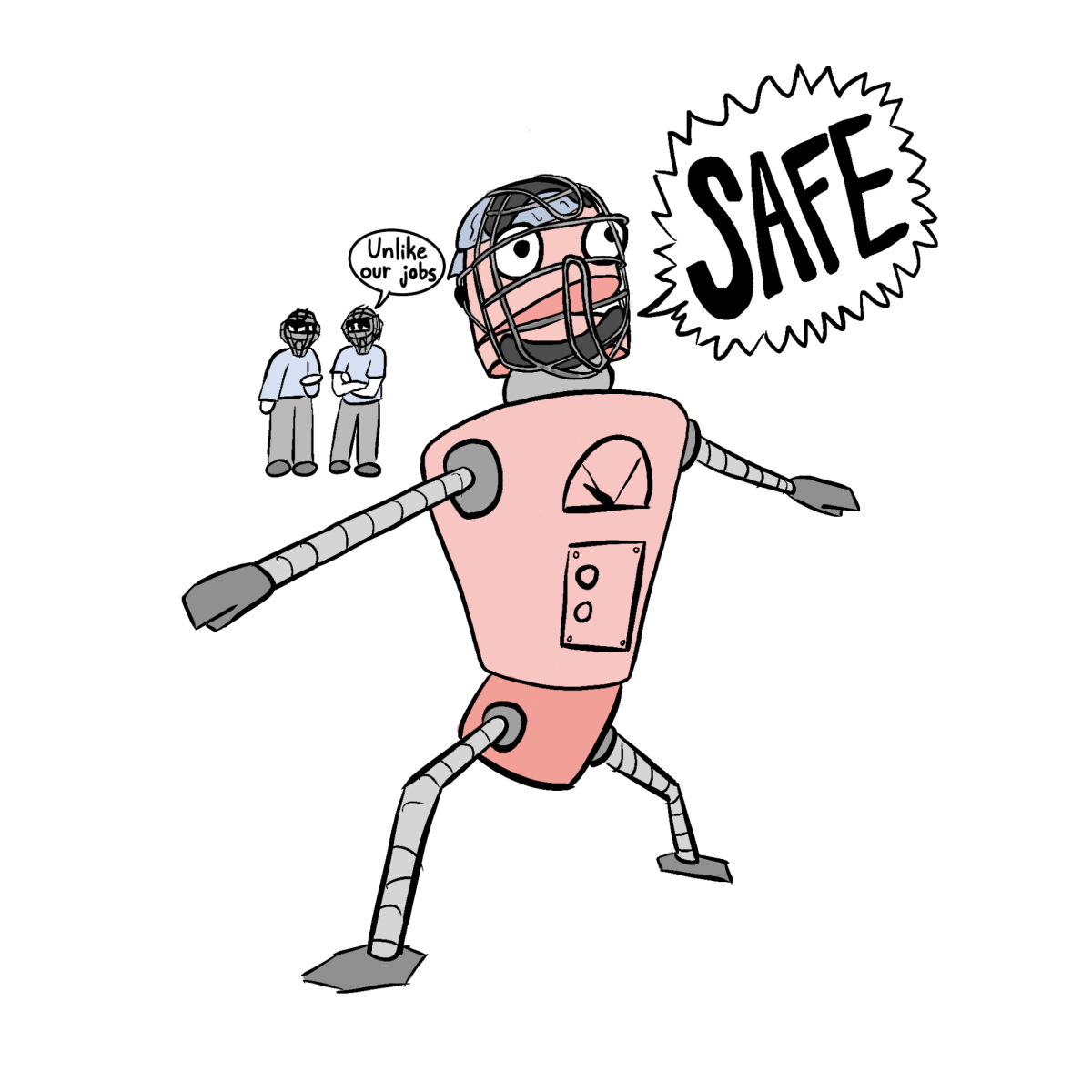On March 13, 2004, the U.S. Defense Department’s Defense Advanced Research Projects Agency, or DARPA, held a “Grand Challenge” event for autonomous cars. The bar was pretty low; the cars were supposed to drive 150 miles across the Mojave desert and didn’t have to worry about traffic, pedestrians or even staying on roads. Despite this, not a single team finished. Indeed, no car made it to the 8-mile mark. Five years later, Google began working on an autonomous car project. As of June 2016, their vehicles have logged over 1.7 million miles.
Google isn’t the only company making self-driving cars. Indeed, every major car maker in the world is putting significant effort into keeping up. Some are further than others. Tesla boldly included an autopilot mode in their vehicles in late 2015 and many drivers have since pushed the technology beyond what Tesla recommends, including one who was killed this summer when his car ran into a truck that turned in front of him on a highway.
Rapid changes in this field continue. Late this summer, Uber announced that they would begin testing a self-driving taxi service in Pittsburgh, while a company called NuTonomy is doing the same in Singapore. This summer, Ford announced plans to release a fully autonomous car by 2021 for sale to car fleets for companies like Uber and NuTonomy. To be clear, the term “fully autonomous” here means that these cars will not have steering wheels or pedals. There will be no mechanism for humans to drive them “” they only drive themselves.
Of course, there are many who argue that actual use of this technology is still far off in the future. Some argue that regulatory obstacles and issues over insurance and figuring out who pays for wrecks will slow things down. Traffic laws are written by states in the U.S. though, and not all states are moving slowly. Perhaps in an attempt to maintain what dominance they still have in the car market, Michigan is already moving to make driverless cars legal. The biggest hurdle might turn out to be the miserable state of transportation infrastructure in the U.S., but even that turns out to be more of a speed bump than a wall in the road. It only means that these cars will need to be able to navigate using more than just cameras.
So what are the implications of this rush to make cars that drive themselves, beyond freeing me of the drudgery of my morning commute? One of the bigger ones early on will be the impact on the economy. Uber has already been disrupting taxi services, but their real long-term goal is not to empower drivers, but to obviate them. There are fewer than a quarter million taxi drivers in the U.S., so the likes of Uber and NuTonomy are not going to tank the economy. The bigger economic impact will come from autonomous trucks. There are roughly 3.5 million people employed as some type of truck driver in the U.S. Truck driving is the most common job in 29 states. The automation of truck driving will also reach out further than just taking the jobs of nearly 1.4 percent of the adult U.S. population. The impact on all the towns along interstates that largely exist to serve truck drivers and other people driving long distances will also be significant.
Rest assured, this isn’t some call to try to stop the advance of technology. That is not a fruitful option. Better to put time, effort and money into figuring out how to keep people integrated into society when they are displaced from jobs by technology. Plus, while the short-term implications for employment might seem scary, the long-term view of how this might impact society is far more interesting.
It will take time, but there will come a point where humans are not allowed to drive on public roads, just like you cannot ride a horse down U.S. 281 today. That time might not even be all that far in the future. Those Google cars that have logged over 1.7 million miles have only been partially responsible for one wreck. Even without legislation, insurance premiums on human driven cars will far exceed those on autonomous cars, and services that look like a blend of Uber and ZipCar will make it far more reasonable for most people to not bother to own cars.
Once you get the humans out of the driver seat, the very nature of transportation changes. Cars begin to talk to one another directly. Street lights disappear as cars can decide on their own which one should go through. They can also weave between one another without either direction bothering to come to a full stop. Autonomy also removes the restriction that vehicles have to be large enough to carry humans around comfortably and safely. Your groceries or that package you ordered online really do not need a large vehicle to get them to your front door. A small cargo pod on wheels is all they really need, and the ability to communicate directly with the larger vehicles that are transporting humans or large amounts of material allows them to fit right into the flow of traffic without causing hazards.
Transportation is just one of the many facets of our lives that technology is in the process of redefining. These changes are going to cause challenges, but that doesn’t mean that we should oppose them or try to prevent them from happening. Instead, we should all think about how we can seize these changes as opportunities, both for ourselves, and for society as a whole. Change is often painful, but that does not mean it has to be for the worse.






